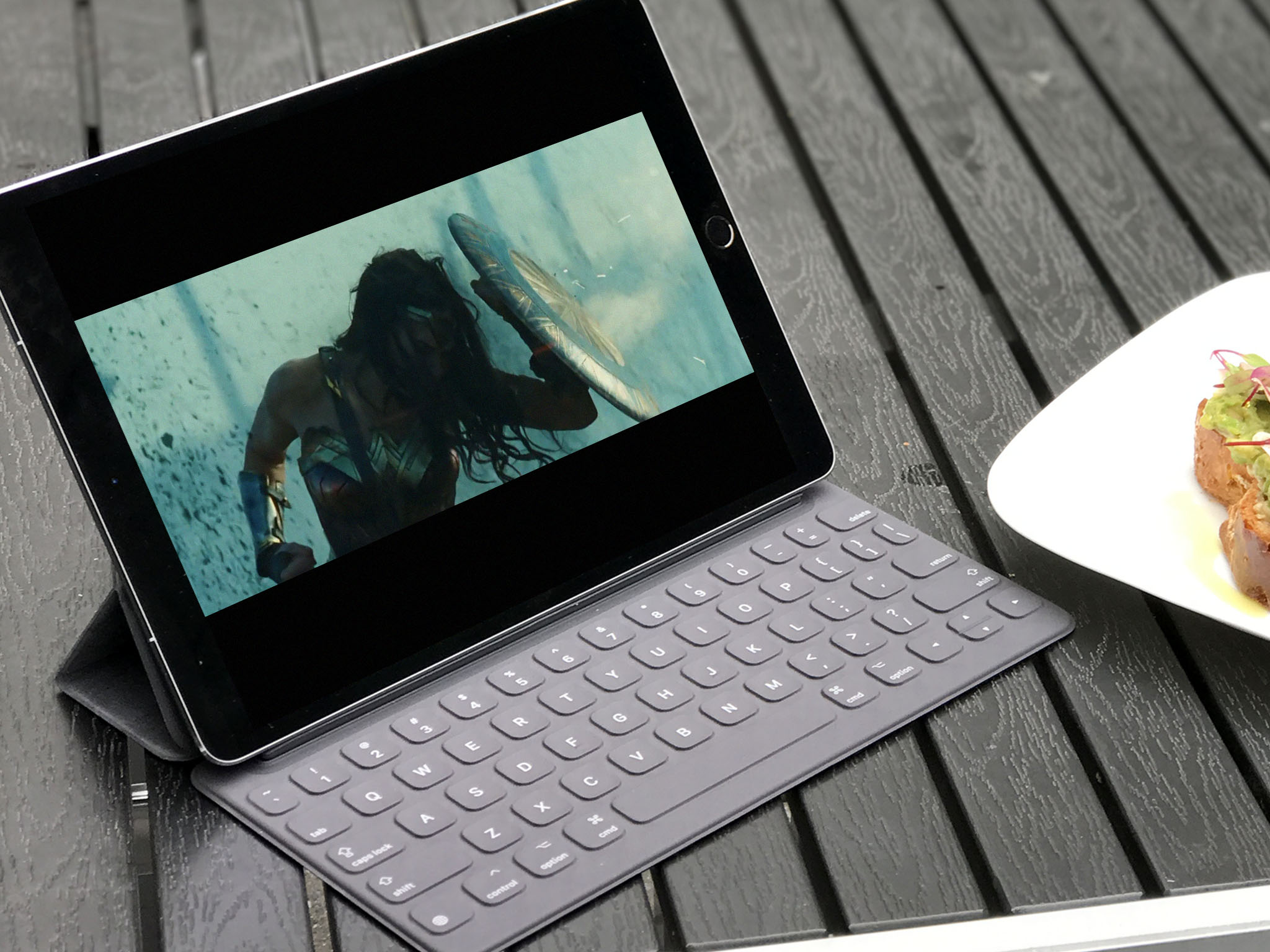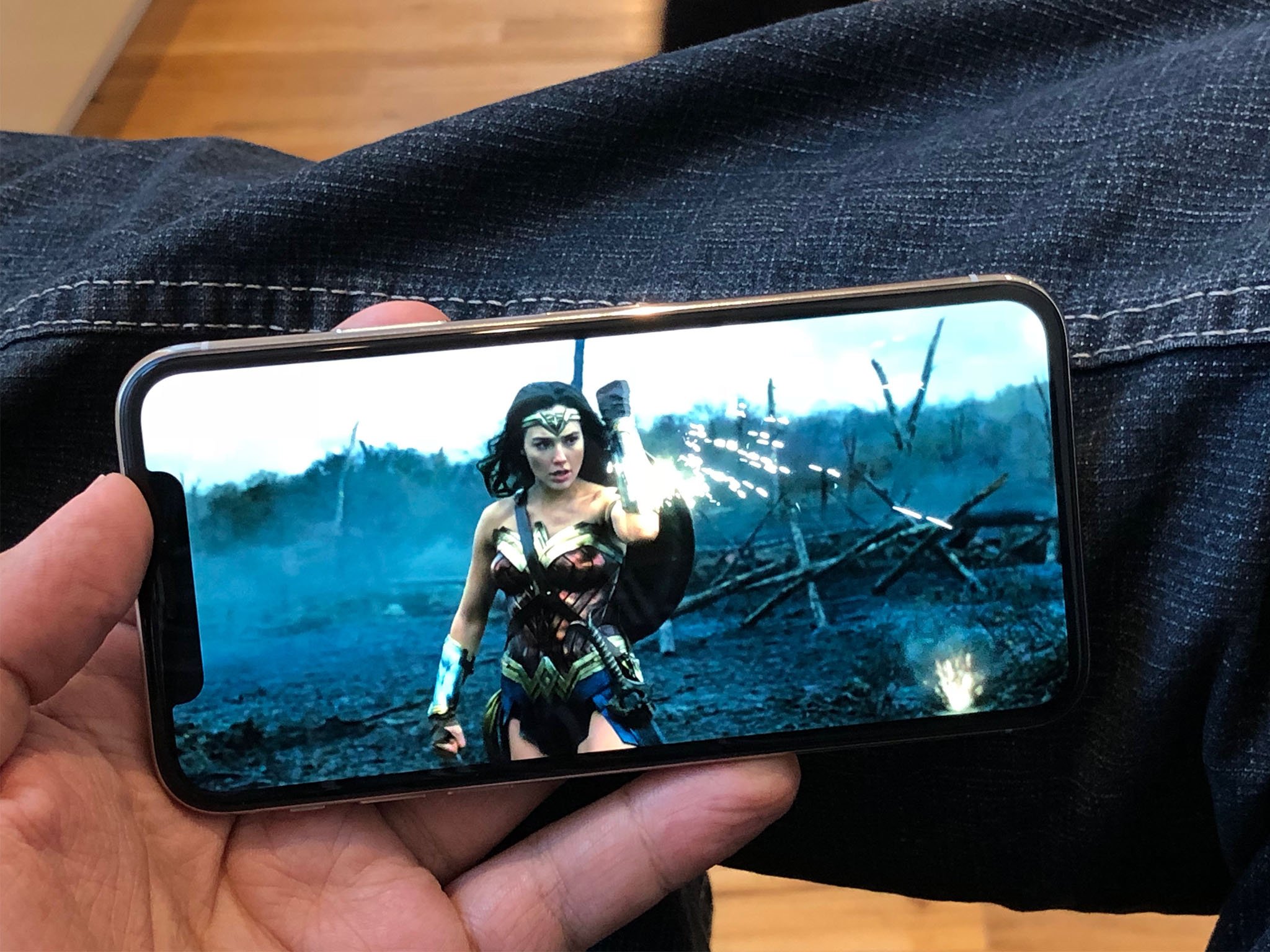Why iPhone X, iPad Pro won display of the year awards

It's easy to take Apple displays for granted these days. They all look almost the same and they all look great. But that's due to the incredibly hard work of Apple's display team, from the silicon to the color calibration. And it hasn't gone unnoticed.
The Society for Information Display:
The 2017 iPads Pro, with ProMotion:
Displays of the Year: Apple's newest iPad Pro displays feature the company's innovative ProMotion technology, developed to enhance visual performance. Available in 10.5-in. and 12.9-in. sizes, both tablets offer the same pixel density of 264 pixels per inch (ppi), corresponding to 3.7 million and 5.6 million pixels, respectively. They deliver adaptive screen-refresh rates ranging from 24 to 120 hertz (Hz) – the first displays in mainstream consumer products to do so. The 120-Hz refresh rate supports fluid scrolling, excellent response to touch via a finger or Apple pencil, and smooth motion content. The ProMotion display technology is enabled by a new, high-performance oxide thin-film transistor (TFT), as well as newly engineered liquid-crystal materials and advanced photoalignment materials.
ProMotion really has to be experienced to be appreciated. Not only does it make scrolling look even better, it makes 24fps movies look the way they were meant to. Like TrueTone before it, once you see it, you want it on everything.
That's how you push forward the state-of-display-art.

And iPhone X:
Display Applications of the Year: The iPhone X is the first product in Apple's iPhone series to fulfill the vision of a smartphone that is entirely screen, with no physical elements, keyboards or dedicated function buttons. With iPhone X, the lingering button on the face of the phone is eliminated, and the display becomes the primary element for all interaction, allowing the display to flow and entirely fill the face of the iPhone. The 5.8-in. Super Retina display features resolution of 458 ppi and is the first OLED panel to match the standard set by prior iPhone generations, delivering striking colors, true blacks, a million-to-one contrast ratio and superior, system-wide color management. The HDR display supports Dolby Vision and HDR10, which together serve to further heighten the image quality of photo and video content. In addition, True Tone dynamically adjusts the white balance of the display to match surrounding light for a more natural, paper-like viewing experience.
One of the biggest misunderstandings/misinformation of the last year was that iPhone X just had a "Samsung display". It was repeated over and over again. But it's like saying Apple's A-series are just "Samsung or TSMC chipsets", or calling the iPhone just a "Foxconn phone".
Master your iPhone in minutes
iMore offers spot-on advice and guidance from our team of experts, with decades of Apple device experience to lean on. Learn more with iMore!
Apple's display team did a tremendous amount of work on the raw OLED, sourced from Samsung, just as they've always done a tremendous amount of work on the raw LCD sourced from other vendors over the years.
Both awards are very well deserved.

Rene Ritchie is one of the most respected Apple analysts in the business, reaching a combined audience of over 40 million readers a month. His YouTube channel, Vector, has over 90 thousand subscribers and 14 million views and his podcasts, including Debug, have been downloaded over 20 million times. He also regularly co-hosts MacBreak Weekly for the TWiT network and co-hosted CES Live! and Talk Mobile. Based in Montreal, Rene is a former director of product marketing, web developer, and graphic designer. He's authored several books and appeared on numerous television and radio segments to discuss Apple and the technology industry. When not working, he likes to cook, grapple, and spend time with his friends and family.
